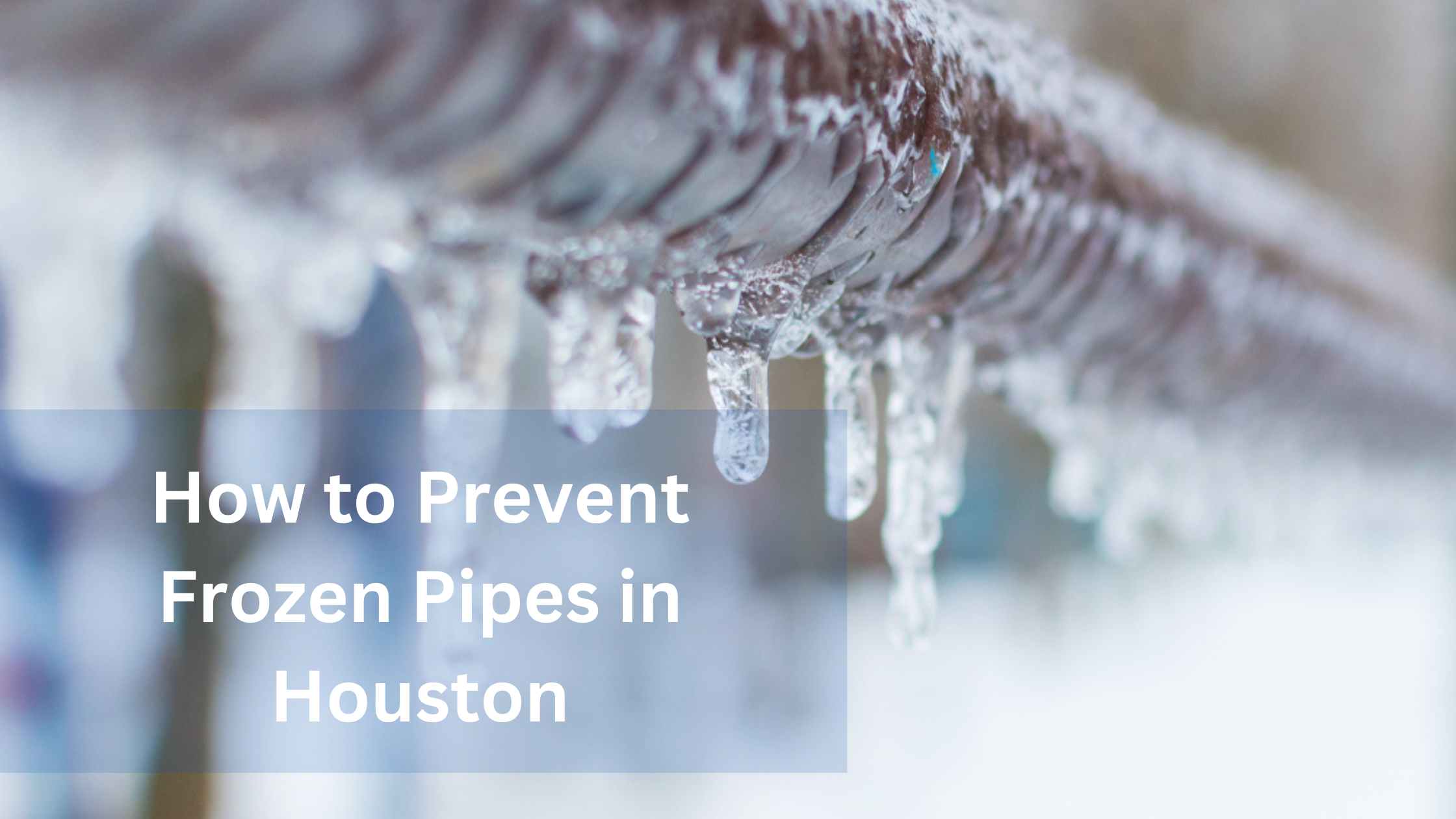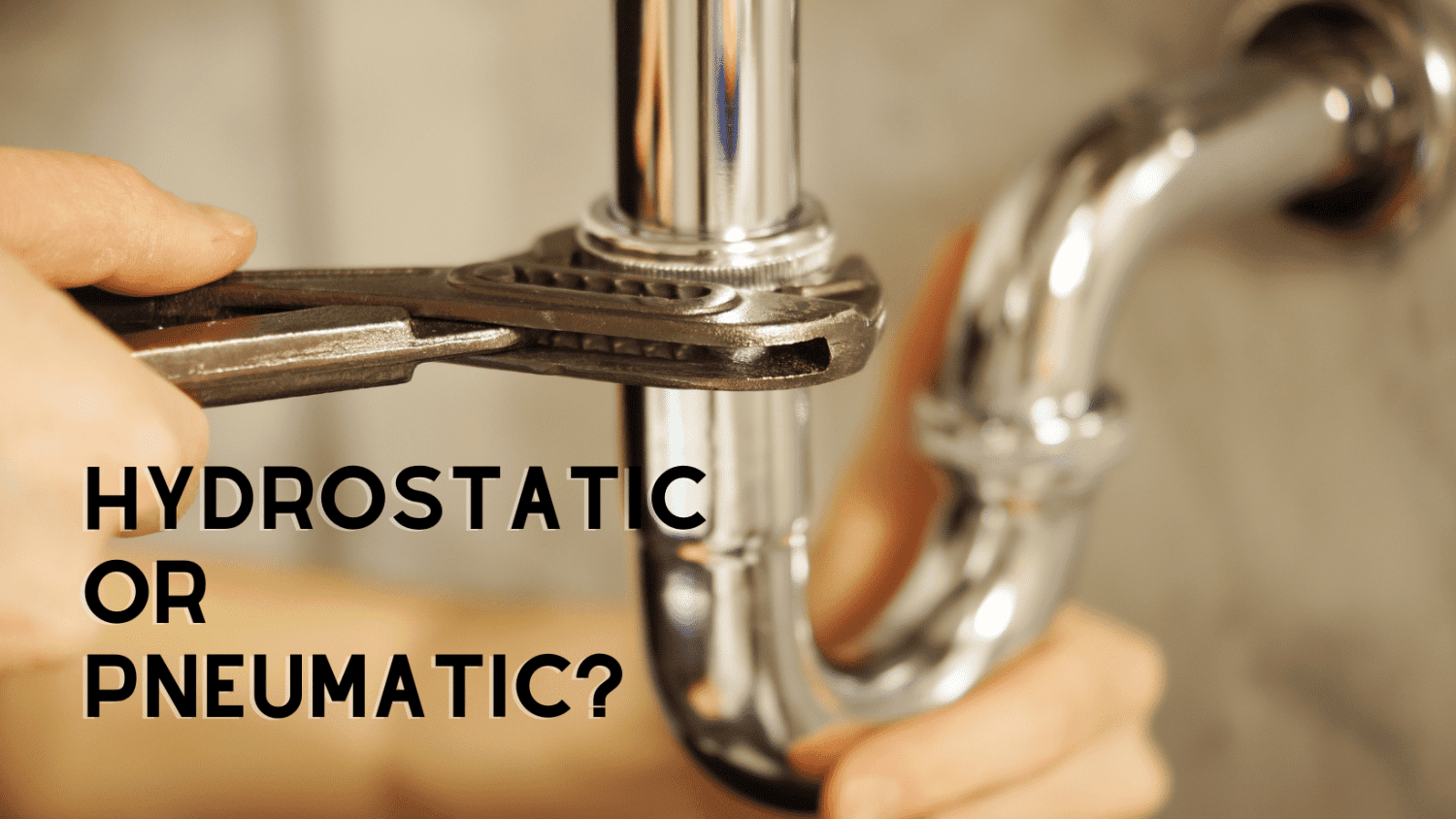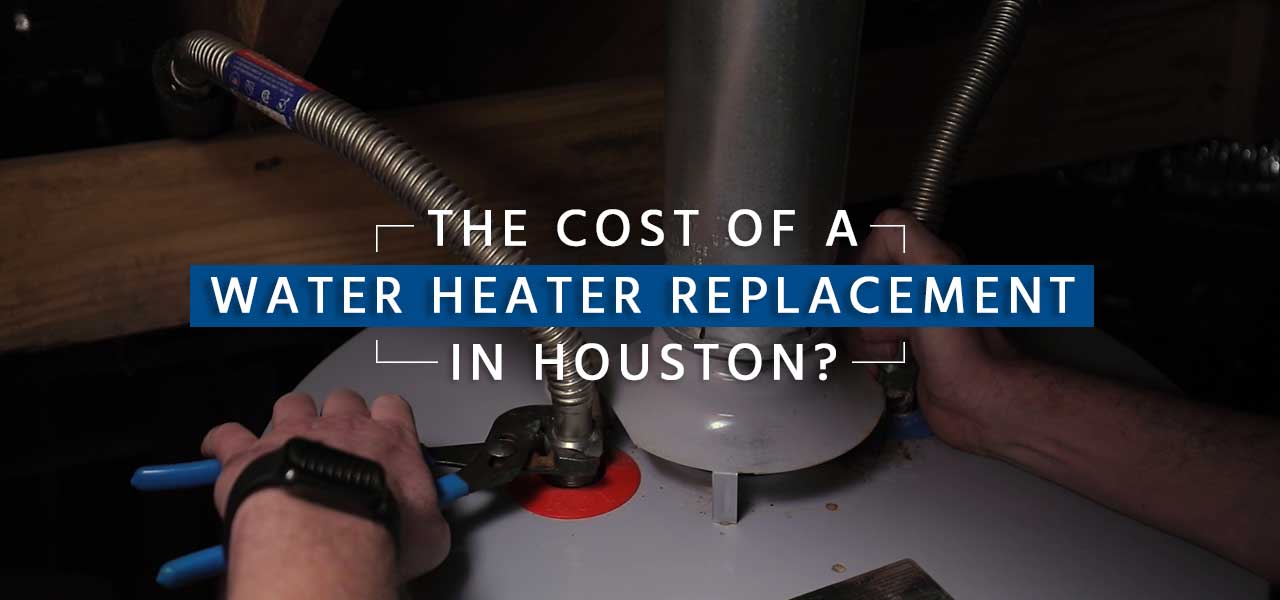There aren’t many worse feelings than when you realize you’re dealing with a frozen water supply or sewer pipe in your home. Not only can frozen pipes disrupt your water access, but they also pose a risk of bursting, leading to extensive water damage and repairs.
Not to fear, though. Nick’s Plumbing is here with some preventive steps you can take before temperatures drop, allowing you to protect your pipes and avoid the hassle and expense of winter plumbing emergencies. From insulating vulnerable pipes and sealing drafts to letting faucets drip during extreme cold, a few simple actions can make a big difference in keeping your home’s plumbing safe through the winter months.
Can My Water Pipes Really Freeze?
Absolutely. Water supply, drain, and sewer pipes can all freeze in the winter when temperatures drop low enough, especially if the pipes are exposed or uninsulated. When the water inside the pipes reaches 32°F or lower, it turns into ice, causing it to expand and put tremendous pressure on the pipe walls. This expansion will lead to cracks in the pipes, resulting in leaks and significant water damage once the ice thaws and water flow resumes.
Pipes in unheated areas—like attics, garages, and exterior walls—are the most vulnerable to freezing. Proper insulation, sealing of air leaks, and other winterization methods can help prevent a costly and inconvenient pipe burst.
What Temperatures Do Water Pipes Freeze At?
Pipes typically begin to freeze when temperatures drop to 25°F or lower and remain there for more than four hours. However, this can vary depending on pipe insulation, exposure, and water flow. Even temperatures in the low 30s Fahrenheit can put pipes at risk if they’re exposed or uninsulated.
Are There Temperature Toleration Differences Between Different Types of Pipes?
Each type of pipe material—copper, PEX, and steel—responds differently to freezing conditions. While durable and corrosion-resistant, copper pipes are more likely to burst when frozen because they are rigid and lack flexibility. Steel pipes, commonly used in older homes, can also burst under freezing conditions due to their rigidity, although they may take slightly longer to freeze compared to copper because of their thickness.
PEX pipes, made of flexible plastic, are generally more resilient to freezing temperatures. Their flexibility allows them to expand under the pressure of freezing water, making them less likely to burst than copper or steel. However, PEX pipes are not immune to freezing damage and should still be insulated, especially in exposed areas, to prevent freezing and keep them functioning correctly. Regardless of material, all pipes benefit from insulation and other winterization steps to prevent costly damage during prolonged cold spells.
How Can I Best Protect My Outdoor & Indoor Pipes from Freezing?
In Houston, winter storms can bring sudden and extreme cold that many homes aren’t fully prepared for, especially when protecting water pipes from freezing. Although freezing temperatures are less common here, the potential for significant damage is high when they do occur.
Taking preventive steps before a freeze sets in can help avoid costly plumbing repairs and the disruption of burst pipes. Here are some of the most effective ways to keep your water pipes safe during a Houston winter storm.
- Insulate Exposed Pipes: Using insulation, such as foam, fiberglass, or even a towel around a hose bibb, adds a protective layer that helps retain heat in pipes, reducing the risk of freezing. Wrapping pipes with insulation is an affordable, preventive measure that can significantly reduce the chance of costly damage from burst pipes during winter.
- Seal Cracks and Gaps: Sealing cracks and air gaps around windows and doors help keep cold air from entering your home, which can lower the risk of nearby pipes freezing. Maintaining a warmer indoor environment reduces the chance of cold drafts reaching and freezing vulnerable pipes, especially those near exterior walls.
- Let Faucets Drip: Letting water trickle from faucets keeps it moving through the pipes, which makes it less likely to freeze. This small, continuous flow also relieves pressure in the system, helping prevent pipes from bursting even if they start to freeze.
- Open Cabinet Doors: Keeping cabinet doors open allows warm air from your home to circulate around your pipes under sinks or near exterior walls, reducing the risk of freezing. This can make a big difference in preventing costly pipe damage during freezing weather.
- Keep Thermostat Consistent: Keeping your home’s indoor temperature above 55°F ensures that even pipes in hidden or unheated areas stay warm enough to prevent freezing. This consistent warmth helps protect your plumbing system during cold snaps, reducing the risk of pipes bursting and causing water damage.
- Close Garage Doors: Closing your garage doors helps keep cold air out, protecting any exposed pipes within the garage from freezing. This will make a significant difference in maintaining a warmer temperature, reducing the risk of costly pipe damage during cold weather.
- Consider Using Space Heaters: A space heater in unheated areas like crawl spaces or garages can help keep pipes warm enough to prevent freezing. Be sure to place the heater safely away from flammable materials and ensure that it’s monitored. Space heaters can provide the necessary warmth to protect pipes during extreme cold.
- Drain Outdoor Hoses and Pipes: Draining outdoor hoses and hose bibbs removes any residual water that could freeze, expand, and cause pipes or fixtures to crack. Disconnecting hoses and allowing hose bibbs to drain fully is crucial in winterizing your outdoor plumbing and preventing costly repairs from freeze damage.
- Use Pipe Sleeves or Heat Tape: Heat tape effectively prevents freezing on exposed pipes, as it provides a steady, controlled source of warmth to keep water flowing even in low temperatures.
- Leave Interior Doors Open: Leaving doors open inside the house helps warm air circulate to unheated areas, which can keep pipes in those spaces from freezing. This simple step allows heat to reach pipes in cabinets, closets, or rooms that might otherwise get too cold during a freeze.
Can Drain and Sewer Pipes Freeze As Well?
Drain and sewer pipes can also freeze, though it’s less common than water supply pipes freezing. Drain pipes are typically larger in diameter and carry wastewater that may be warmer, which helps reduce the risk of freezing. However, during prolonged or severe cold, especially in uninsulated or exposed areas, these pipes can freeze if water remains in them. Regular maintenance and winterizing vulnerable sections can help keep your drain and sewer lines safe in extreme cold.
Are There Any Signs That My Water Pipes Are About To Freeze?
- Reduced Water Flow or Pressure: Ice forming inside the pipes can restrict water flow, leading to noticeable drops in water pressure.
- Unusual Sounds: Clanking or gurgling noises may occur as water tries to move around ice buildup.
- Frost or Condensation on Pipes: Visible frost or moisture outside exposed pipes is a warning sign that temperatures are dangerously low.
- Pipes Feel Extremely Cold: If pipes in cold areas of your home feel especially cold to the touch, they may be close to freezing.
- Unusual Odors: If ice partially blocks a pipe, odors can back up and enter the home through drains.
If you notice any of these signs, quickly open faucets to let water drip and apply gentle heat (using a space heater or hair dryer) to prevent a complete freeze and potential pipe burst.
What Can I Do Once I Know I Have a Burst Pipe?
If you discover a frozen pipe that has burst, your first step is to turn off the main water supply to prevent further flooding and water damage. Next, all faucets should be opened to drain the remaining water in the system, which helps relieve additional pressure on other pipes. Be cautious of standing water, as it can create hazards and may damage flooring, walls, or electrical systems; if the area is flooded, consider calling a professional water damage remediation company for proper water extraction.
Once the immediate risk is under control, call Nick’s to assess the damage to your plumbing fixtures and begin repairs. Finally, document any visible damage with photos and contact your insurance provider, as they may cover the costs of any repairs of water-related damage.
Why Choose Nick’s for Your Winter Plumbing Problems Prevention?
Choose Nick’s Plumbing for your winter plumbing problem prevention because of our commitment to proactive, expert care tailored to the unique needs of Houston homeowners. Our highly trained and licensed professionals understand the specific risks that cold snaps pose to plumbing systems in this region and offer comprehensive solutions to help protect your pipes, water heater, and other vulnerable components.
Nick’s Plumbing’s winterization services include everything from insulating pipes and inspecting water heaters to preparing outdoor fixtures, all designed to prevent costly freeze damage. With a focus on quality service and customer satisfaction, Nick’s Plumbing helps you stay prepared and protected, giving you peace of mind that your home’s plumbing is safe, efficient, and ready to handle winter weather.
Call Nick’s Today. We’re on the Way!


























